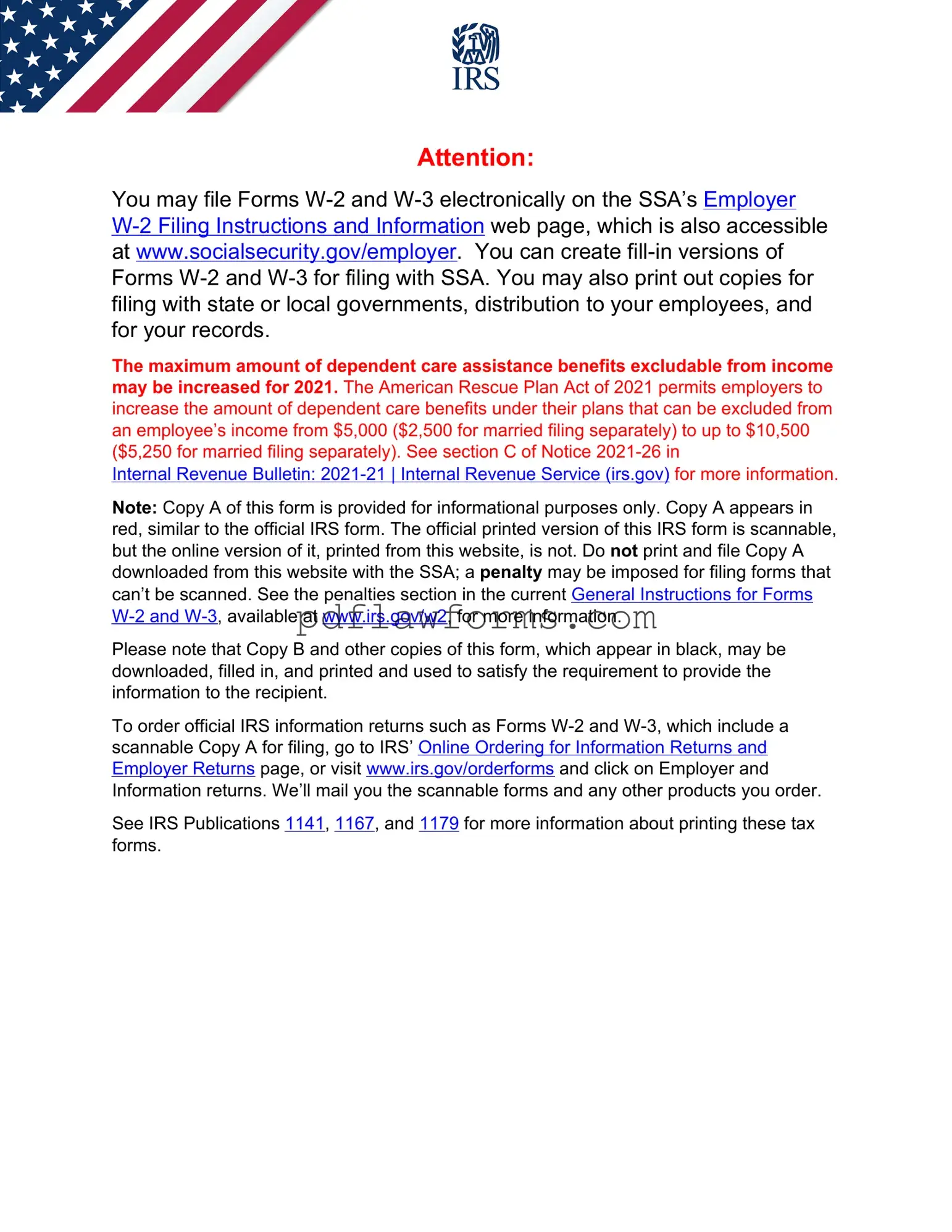Fill Your IRS W-2 Template
The IRS W-2 form is a crucial document that employers use to report an employee's annual wages and the taxes withheld from their paychecks. This form provides essential information for individuals when filing their income tax returns. Understanding how to accurately fill out the W-2 form is important for ensuring compliance with tax regulations.
Ready to fill out your W-2 form? Click the button below to get started.
Make My Document Online
